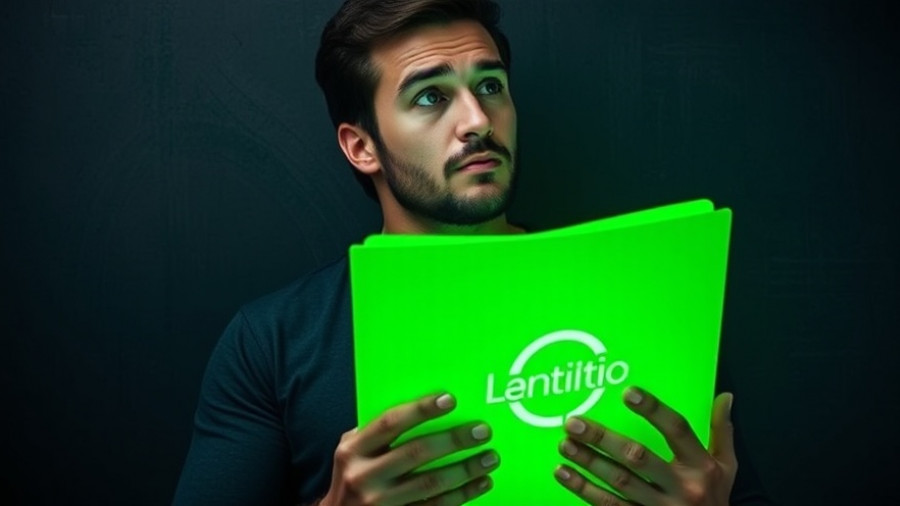
Understanding the Evolution of AI Video Generation
In the world of AI video generation, rapid advancements are reshaping how content is created and consumed. Recently, the launch of Veo 3.1 stirred up excitement among creators, as it promised robust upgrades essential for crafting visually engaging narratives. Alongside this, Sora 2 Pro took center stage in the market, presenting strong enhancements that further complicated the competitive landscape. However, lurking in the shadows of these giants is Juan 2.5, a model deserving scrutiny for its capabilities in producing audio and intricate motions.
In Veo 3.1 is HERE - Full Test vs Sora 2 Pro & Wan 2.5 (Higgsfield AI), the discussion dives into the latest breakthroughs in AI video generation, exploring key insights that sparked deeper analysis on our end.
The Impact of New Features on Video Creation
The introduction of Higsfield as a comparative platform for these models has transformed the testing process into an intriguing journey. This platform allows creators to experiment across a variety of prompts and scenarios, maximizing their output efficiency. As Higsfield facilitates side-by-side evaluations—like testing physics in action situations—it's clear that video generation tools are evolving into essential resources for creators.
A Closer Look at Performance: The Domino Challenge
A notable test was a physics simulation involving a domino effect, which has historically posed a challenge for AI systems. Despite rigorous testing with multiple models, both Veo 3.1 and Juan 2.5 fell short in achieving accurate results. Sora 2 Pro, however, dazzled by effectively producing a visually appealing domino chain reaction. This highlights Sora’s ability to bring realism to challenging simulations, a crucial trait for any aspiring video content creator.
Differentiators: Audio Quality and Dialogue
Audio quality, especially in dialogue, is another critical area where these three models distinguish themselves. In various tests involving dialogue scenarios—such as animals conversing on a podcast—Juan 2.5 excelled, achieving near-perfect lip-syncing. Sora 2 Pro lagged slightly in certain scenarios but still produced compelling content. Conversely, while Veo 3.1 offered good sound effects, it faltered in delivering a coherent narrative flow in some cases.
What’s Next for AI Video Creation?
The advancements illustrated in these models lend themselves to exciting prospects. As creators adopt AI technologies, we can anticipate their use in mainstream media, advertising, and even education, fostering unprecedented creativity. Users will have to choose the right model based on their specific needs—be it dialogue depth or captivating visualizations—ultimately expanding their toolkit.
In conclusion, as AI video generation continues to mature, tools like Higsfield are revolutionizing the creative process by offering efficient, high-quality outputs. By weighing the strengths and weaknesses of each model, creators are empowered to enhance their storytelling practices.
 Add Row
Add Row  Add
Add 




Write A Comment